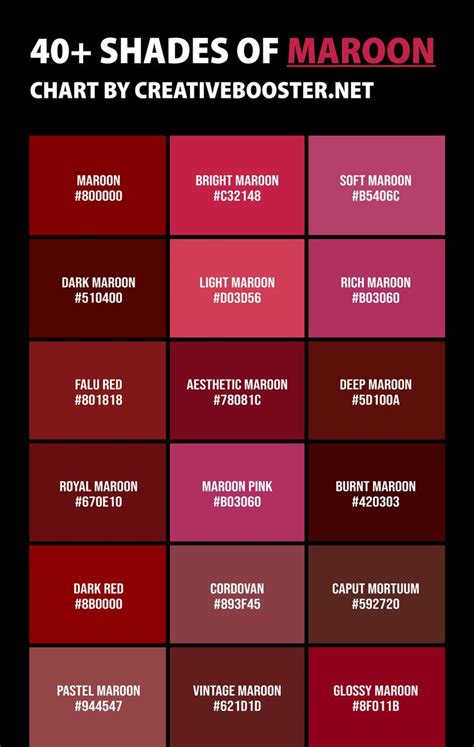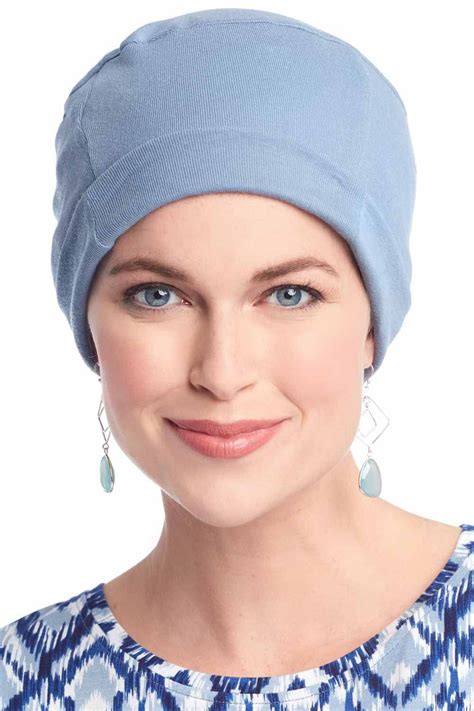Introduction

Chemotherapy, a common treatment for cancer, often leads to hair loss, which can be an emotionally distressing experience for women. Chemotherapy hats provide a stylish and comfortable solution, helping women maintain a sense of confidence and well-being during treatment.
Types of Chemotherapy Hats
1. Beanies
- Soft and comfortable, with a snug fit to cover the entire head
- Made from breathable materials like cotton or bamboo
2. Scarves
- Versatile and stylish, can be tied in various ways to cover the head or neck
- Available in a wide range of materials, from silk to fleece
3. Turbans
- Elegant and sophisticated, typically made from stretchy fabrics that conform to the head’s shape
- Ideal for formal occasions or everyday wear
4. Wigs
- Synthetic or human hair options that mimic natural hair
- Can be styled and colored to match the patient’s preferences
Choosing the Right Hat
Consider the following factors when selecting a chemotherapy hat:
- Comfort: The hat should be soft, breathable, and fit comfortably without causing irritation.
- Style: Choose a hat that complements your personal style and preferences.
- Coverage: Ensure the hat provides full coverage of the head and any desired areas, such as the nape of the neck or ears.
- Materials: Select hats made from hypoallergenic and breathable materials that are easy to care for.
Benefits of Chemotherapy Hats
- Emotional support: Hats reduce the visibility of hair loss, boosting confidence and self-esteem.
- Practicality: Hats protect the scalp from the elements and potential infections.
- Fashionable: Hats come in a variety of colors, patterns, and designs, enabling women to express their individuality.
Statistics and Findings
- According to the American Cancer Society, approximately 3 million cancer patients in the US undergo chemotherapy annually.
- A survey by the American Society of Clinical Oncology found that over 70% of women experience hair loss during chemotherapy.
- A study published in the Journal of Clinical Oncology reported that 95% of women felt better about their appearance after wearing a chemotherapy hat.
Creative Solutions: Embroidered Chemotherapy Hats
Embroidered chemotherapy hats offer a personalized touch, allowing women to express their creativity and support their journey.
Types of Embroidered Designs:
- Inspirational quotes or affirmations
- Cancer awareness ribbons or symbols
- Personal names or initials
- Motivational messages or artwork
Comparison Table: Different Types of Chemotherapy Hats
| Hat Type | Comfort Level | Style Options | Coverage |
|---|---|---|---|
| Beanies | High | Limited | Full |
| Scarves | Moderate | Wide variety | Partial to full |
| Turbans | High | Formal to casual | Full |
| Wigs | High | Realistic | Full |
Comparison Table: Benefits of Chemotherapy Hats
| Benefit | Description |
|---|---|
| Emotional support | Reduces visibility of hair loss, boosting self-esteem |
| Practicality | Protects scalp from elements and infections |
| Fashionable | Express individuality and enhance appearance |
What to Look for in a Good Chemotherapy Hat
- Softness and breathability: Material should be gentle on the scalp and allow air to circulate.
- Adjustable fit: Hats should have elastic bands or ties to accommodate different head sizes.
- Washable: Hats should be easy to clean to maintain hygiene.
- Durable: Hats should withstand multiple washes without losing shape or color.
Frequently Asked Questions
Q: How should I care for my chemotherapy hat?
A: Follow the manufacturer’s instructions for washing and drying. Avoid harsh detergents or bleach.
Q: Can I wear a chemotherapy hat under a wig?
A: Yes, beanies or scarves can be worn as a base layer to add extra warmth or prevent wig slippage.
Q: Are there any other options besides hats?
A: Headwraps, bandanas, and scarves can also provide coverage and style.
Conclusion
Chemotherapy hats are an essential accessory for women undergoing cancer treatment. They offer comfort, confidence, and style, empowering patients to face their journey with dignity and resilience. By carefully selecting a hat that meets their needs and preferences, women can maintain a sense of well-being and navigate this challenging time with optimism.
